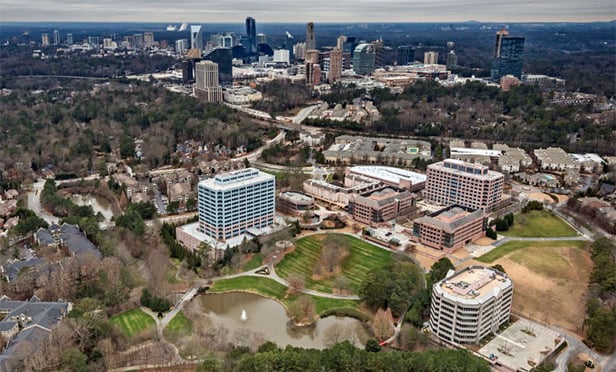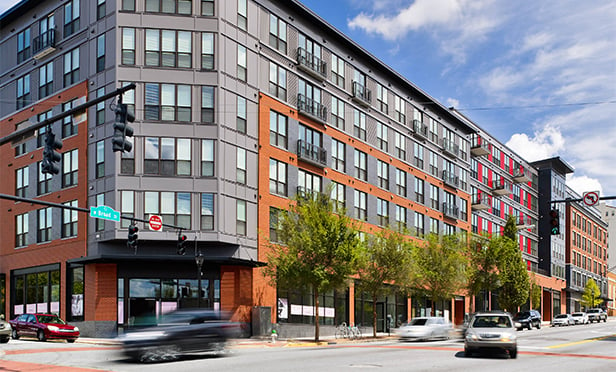
NEW YORK CITY—The Trump administration's proposals for immigration policy reform would disproportionately affect certain industries, including commercial real estate, if enacted, Cushman & Wakefield says in a new report. “Legal, foreign-born workers fill 31% of buildings/grounds maintenance jobs and a quarter of construction positions,” says Revathi Greenwood, Americas head of research at Cushman & Wakefield. “Limiting their access into the US would exacerbate the shortage of workers these sectors already face.”
Not only building infrastructure would feel an impact from the proposed RAISE Act. The report notes that since 2000, the number of foreign-born workers employed in this country has increased by 42%, with management/professional occupations in particular growing by 75% over that time. An estimated 3.5 million foreign-born residents work in the management and business field, which constitutes a main driver of office demand.
“It remains to be seen what, if any, immigration policy changes will be implemented,” according to the report. “Some lawmakers, including members of the President's party, came out against the proposed RAISE Act immediately.”
However, according to the report, “if the changes lower the number of work visas available, those reductions will likely create additional challenges for occupiers already facing full employment. Fewer foreign-born workers in the US will also create challenges for the real estate industry in terms of meeting construction demand and supplying other critical roles.”
As it stands, slightly less than half the US population growth in 2017 will be due to immigration. “Historically, immigrants have been drawn to gateway cities in the US, in addition to a handful of other large coastal cities, ” says Rebecca Rockey, head of forecasting, Americas at Cushman & Wakefield. “Chicago, Houston, Los Angeles, New York, and Philadelphia are the five cities with the largest immigrant populations.” Not only do immigrants comprise nearly one-third of the populations in these markets, she says, “but for some of them, immigration has driven population growth there in the two decades from 1995-2015.”
However, the report notes that immigrants have begun moving away from the country's gateway markets. Whereas in 2006, 41% of people obtaining permanent resident status resided in one of the six gateway markets, that percentage had declined to 36% by 2015.During that same decade, the number of people obtaining permanent resident status in seven other cities clustered on the West Coast, in Texas and in the Midwest increased by more than 3%.
The study sees a positive correlation between markets with large immigrant populations and real estate fundamentals. The five non-gateway markets with the greatest numbers of new immigrants over a 20-year period beginning in '95—namely, Miami, Houston, Dallas, Atlanta and Silicon Valley—experienced “dramatic increases in employment and office inventory over the same period,” says David C. Smith, head of occupier research, Americas. “During that 20-year period, annual net absorption in these five cities was three times the national average. And absorption has actually been accelerating over the past five years.”
Although farming, fishing & forestry is the industry with the highest number of foreign-born workers at 41%, Cushman & Wakefield's study reports that employment gains by immigrants span multiple sectors. “Foreign-born workers have grown across most occupations and make up a larger share of most occupations than in 2011,” according to the study.
Want to continue reading?
Become a Free ALM Digital Reader.
Once you are an ALM Digital Member, you’ll receive:
- Breaking commercial real estate news and analysis, on-site and via our newsletters and custom alerts
- Educational webcasts, white papers, and ebooks from industry thought leaders
- Critical coverage of the property casualty insurance and financial advisory markets on our other ALM sites, PropertyCasualty360 and ThinkAdvisor
Already have an account? Sign In Now
*May exclude premium content© 2025 ALM Global, LLC, All Rights Reserved. Request academic re-use from www.copyright.com. All other uses, submit a request to [email protected]. For more information visit Asset & Logo Licensing.








